We have much more to do and your continued support is needed now more than ever.
African-American Landowners in the Southeast Grow Networks and Longleaf Pines!
On Saturday March 26, 2011, NWF hosted a landowners’ workshop and field day in southwest Georgia. “Field days” are a common way to share what farming strategies have been working on the land. A typical gathering place for minority landowners in the deep south is at one of the rural community churches, in this case the St. Paul AME Church in Jakin, GA.

African-American landowners still control a significant portion of the land in the southeast (more than in any other part of the US), but most of them have not yet been able to fully benefit from their land-based assets. Minority and other underserved rural landowners typically lack the knowledge to manage their forests and market the full value of products and services that derive from them. This is in part due to their limited awareness and access to available public and private resources.
The field day addressed these challenges by informing landowners about opportunities, programs and services around longleaf pine restoration and by connecting them with the resource providers. For many participants, this was the first time they heard about longleaf pine and the available cost-share programs for restoration through Natural Resources Conservation Service and Farm Service Agency.
The church meeting room was filled with over a hundred landowners from three states. Jakin is at the apex of where southwest GA, southeast AL and the FLA Panhandle come together. It is also just a few miles from the Apalachicola River, one of the most biologically diverse river systems in the U.S. with headwaters above Atlanta.
Our event provided a mix of presentations on longleaf pine restoration, Farm bill programs, and carbon markets, as well as a sumptuous southern homestyle lunch, and outdoor time looking at new longleaf stands and the integration of grass-fed beef rotational grazing systems and pine straw harvesting.

Longleaf pine has a storied history in the development of the South. As the dominant native pine of the region, its high-quality wood was used in both residential and commercial structures, including homes across the country and U.S. naval ships. Longleaf forests also provided a variety of other economic products including turpentine, pine straw, and recreational hunting habitat. Unfortunately, overcutting and replacement by short-rotation pine species or agricultural crops has greatly diminished the extent of longleaf pine. It once covered more than 90 million acres across eight states along the Atlantic and Gulf Coasts, but now is found on less than 3 percent of its historic range.
This loss has had huge impacts on the region’s wildlife as many unique species of plants, insects, birds, amphibians and reptiles are associated with healthy longleaf pine ecosystems. A serious investment in longleaf pine restoration will both protect native biodiversity and help the South better prepare for global warming while increasing climate resiliency in underserved communities.

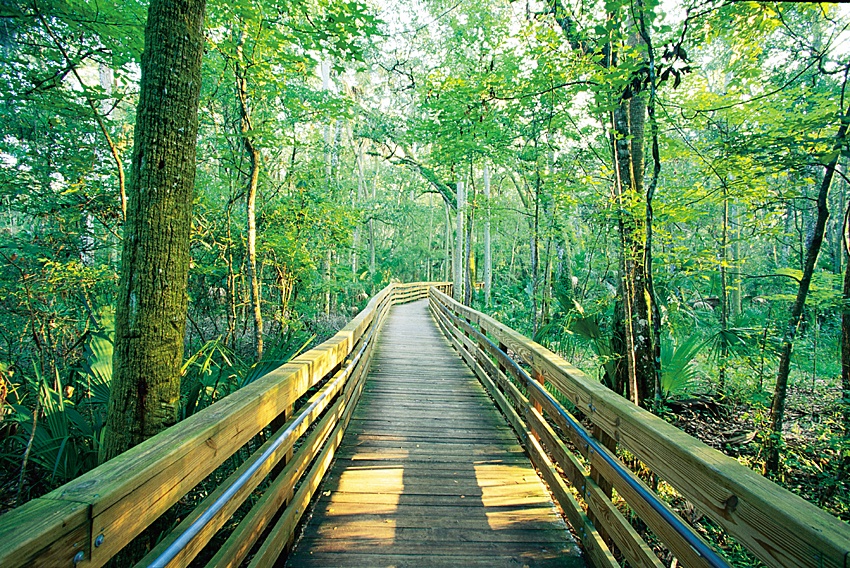









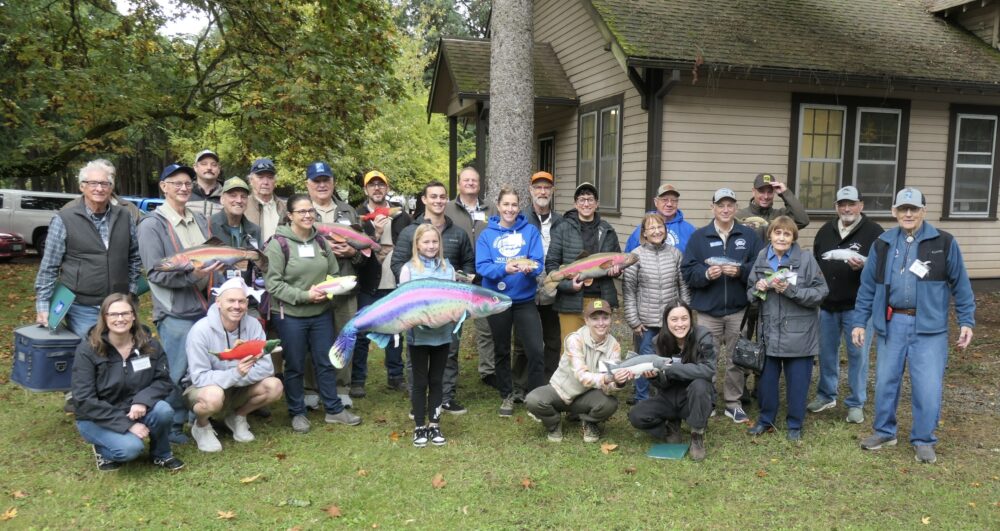
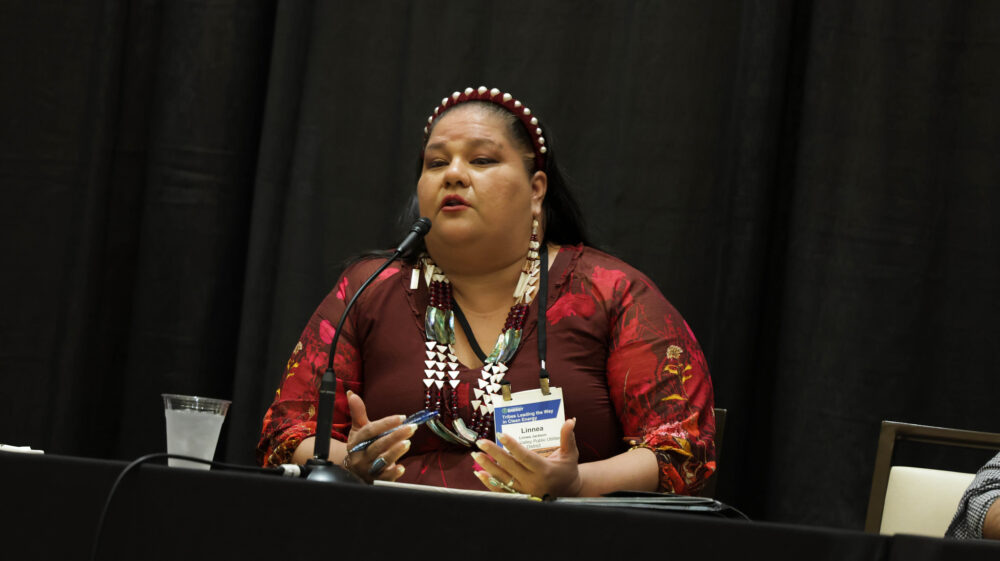
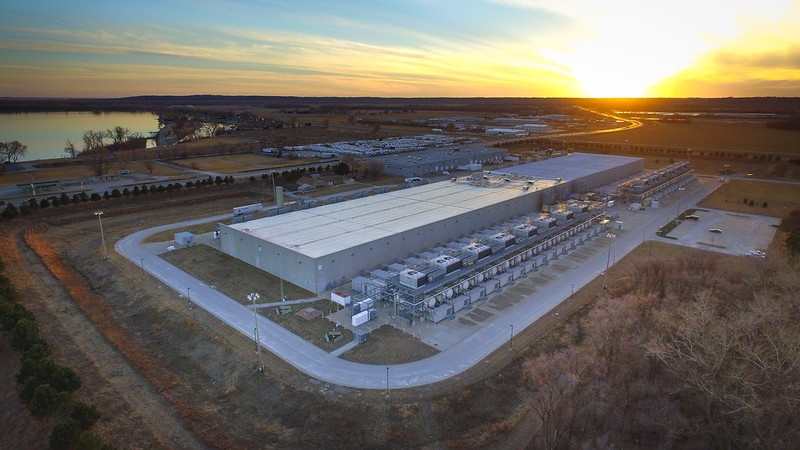


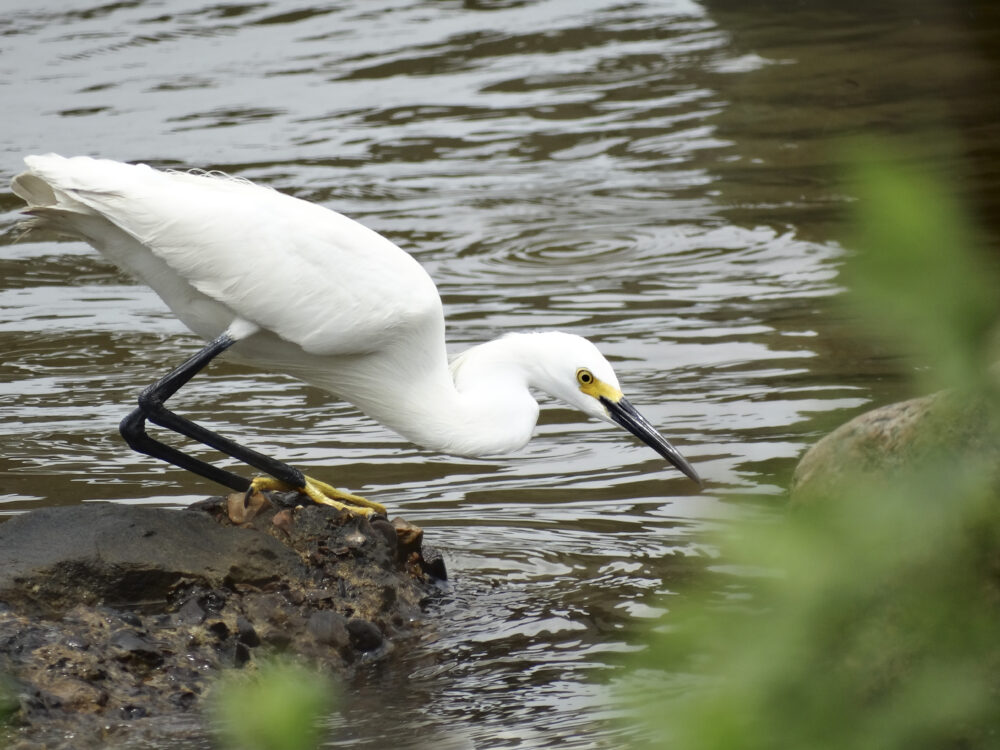
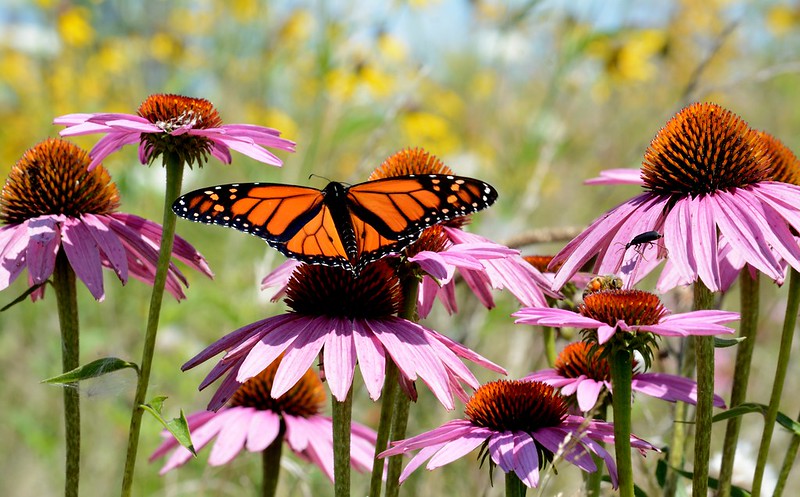



Building Momentum: What’s Next for Beaver Conservation in Colorado